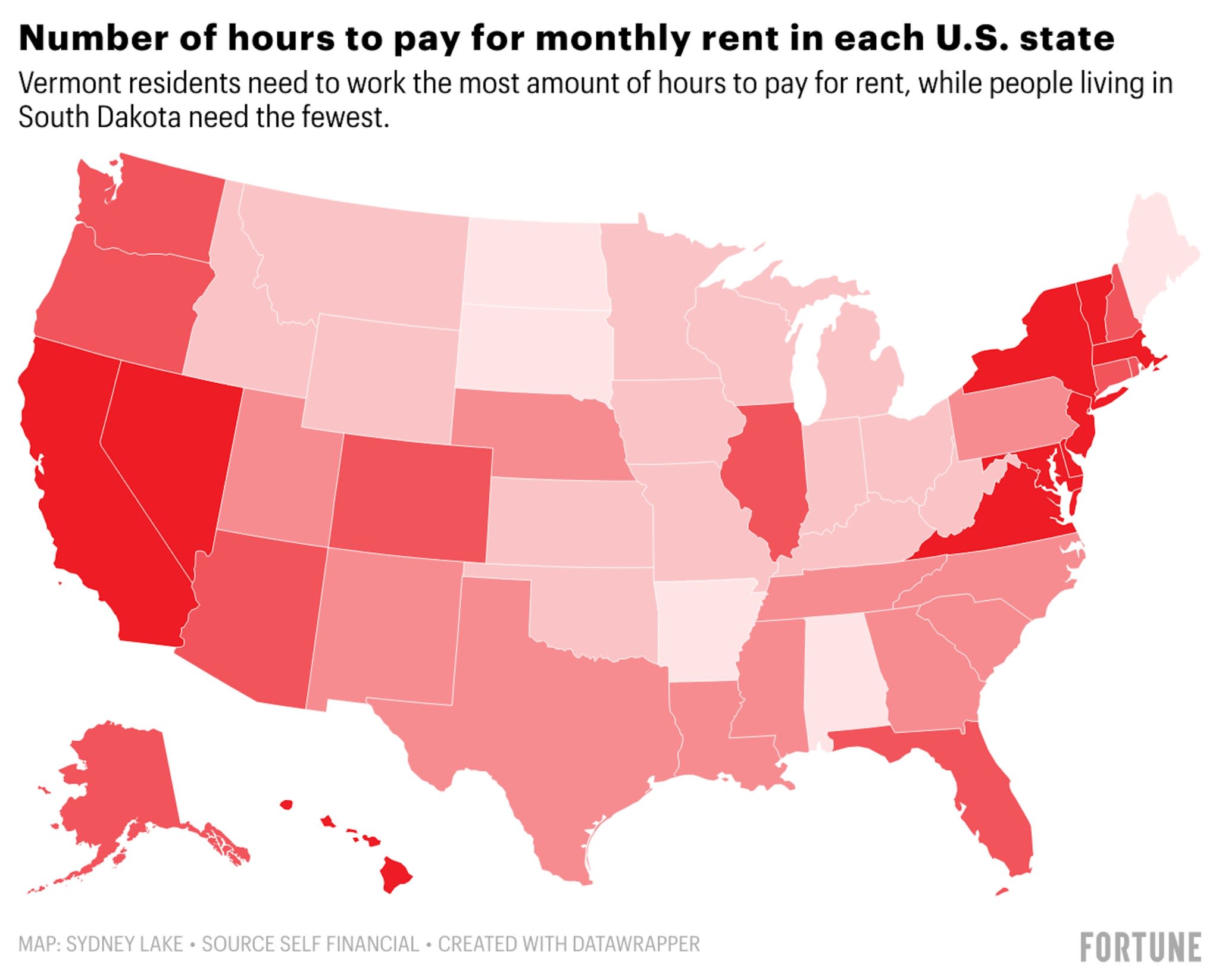How Much Senior Citizens Really Have Saved for Retirement

For many Americans, “living the dream” includes a million-dollar retirement nest egg.
However, the reality is more sobering. According to Federal Reserve data, the median retirement savings for seniors is only $200,000. Spread over an average retirement span of 20 years, that breaks down to roughly $10,000 per year, or just over $800 per month.
Read More: The 7 Best Retirement Towns You’ve Never Heard Of (But Should Consider in 2025)
Find Out: 5 Types of Cars Retirees Should Stay Away From Buying
Here are four ways retirees and those near retirement age can stretch their savings without sacrificing their quality of life.
Practice Retirement Before You Retire
For someone retiring at 65 with $200,000 in savings, that money may provide barely enough to cover essential costs. However, delaying retirement and modifying spending habits in advance can make a significant difference.
Melanie Musson, a finance expert at Insurance Providers, explained that individuals can work longer and begin living on what they expect their retirement to be and bank the rest of their savings.
“Instead of retiring at 65 as previously planned, they could work until they’re 70,” Musson said.
“During those extra five years of working, they could adjust their lifestyle to what their hypothetical retirement income would support. Then, they can save every additional dollar.”
Musson explained, “If someone was counting on $2,000 from Social Security and about $700 from their savings, they would start budgeting based on a total of $2,700. If they earn $6,000 a month and save $3,300, after just five years, they will have nearly doubled their retirement savings.”
Discover Next: The Money You Need To Save Monthly To Retire Comfortably in Every State
Delay Social Security Benefits
One of the most effective strategies to stretch retirement savings is to delay claiming Social Security benefits.
For individuals who delay claiming Social Security past their full retirement age (up to age 70), monthly benefits increase by approximately 8% each year. This incremental boost can be especially valuable for retirees with limited savings, offering a reliable and guaranteed source of income for life.
However, delaying Social Security benefits isn’t always as easy as it sounds, especially for those who are nearing retirement but are under the $200,000 threshold, said Aaron Razon, a personal finance expert at Couponsnake.
According to federal data, Social Security benefits account for 31% of the income of people aged 65 and older, making it challenging to postpone benefits without additional financial support.
Story Continues“What individuals can do, however, to materially improve their financial outlook, is to reduce costs and create a sustainable budget, as well as consider other income sources,” Razon said. “With more income sources to supplement your nest egg, even if it means working part-time or taking in freelance gigs, creating a more stable financial foundation becomes possible.”
Use Bucket Strategies for Withdrawals
Financial experts often recommend a “bucket” strategy, where retirees divide savings into short-term (cash), medium-term (bonds), and long-term (stocks) buckets. This approach can help manage risk and ensure money lasts through retirement.
Many retirees unintentionally undermine their savings by mismanaging withdrawals or making poor investment choices that don’t align with their long-term goals.
“By having a sustainable withdrawal rate to prolong the nest egg life, and investing in targeted assets like dividend stocks, bonds, and REITs, retirees would be creating a diversified income stream to support and potentially increase the longevity of their $200k nest egg,” Razon said.
Plan for Big Health Care Bills
Too many Americans fail to plan for healthcare costs in their golden years, said Whitney Stidom, vice president of Medicare Enablement at eHealth Insurance.
“A health savings account (HSA) allows people to save pre-tax dollars for a range of qualified medical expenses, including deductibles, co-insurance, or even massage therapy if it is deemed medically necessary,” Stidom said. “After retirement, people can keep the money in their HSA and can draw from it to help offset out-of-pocket expenses most beneficiaries face on Medicare.”
Beyond medical expenses, older adults should also plan for long-term care costs. A private room in a nursing home can exceed $100,000 per year, which means that a serious health event could deplete savings in just two years.
“We have many clients with that level of assets put all of their assets into a Medicaid Asset Protection Trust (MAPT) so that if they do need nursing home care, they won’t have to go broke,” said Evan Farr, principal attorney at Farr Law Firm. “Once inside the trust, the assets can be invested however the client desires, with the assistance of a good financial planner.”
While it requires early planning, it can be an effective way to preserve retirement funds and maintain financial stability in the face of rising long-term care costs.
More From GOBankingRates
-
7 Costco Sale Items To Buy Before They Sell Out This February
-
How Far $750K Plus Social Security Goes in Retirement in Every US Region
-
7 Things To Buy at Aldi This Winter If You Live on Social Security
-
6 Popular SUVs That Aren't Worth the Cost -- and 6 Affordable Alternatives
This article originally appeared on GOBankingRates.com: How Much Senior Citizens Really Have Saved for Retirement














